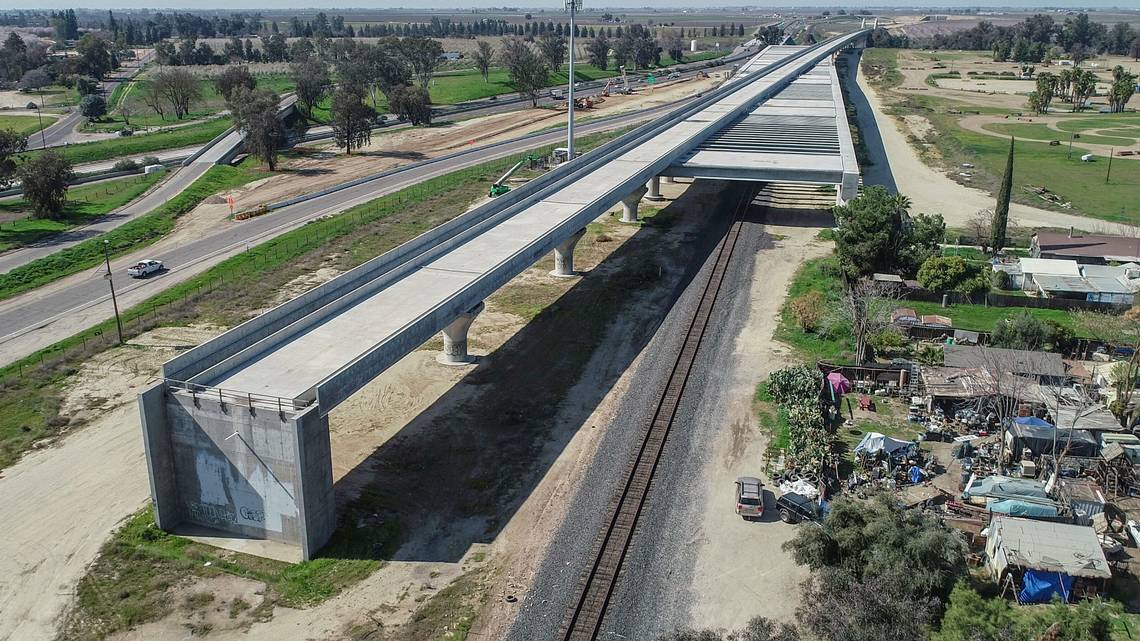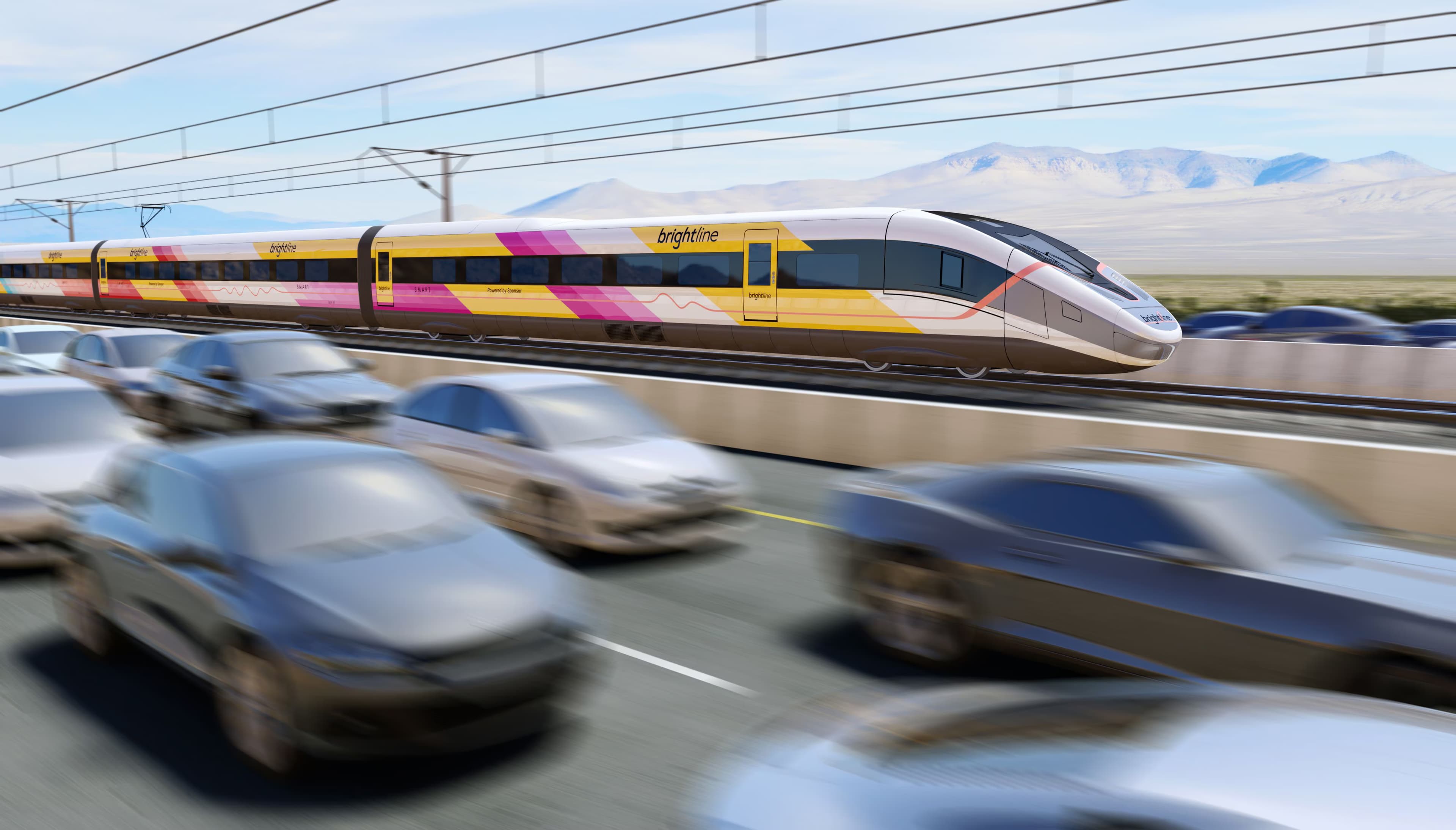High-Speed Rail Surges Forward in the U.S.
The dream of high-speed rail in the United States is no longer a distant fantasy; it"s rapidly materializing, fueled by an ambitious $100 billion investment strategy. This movement is not merely about faster trains; it represents a potential seismic shift in how Americans experience mobility, work, and live. As reported by Wikipedia, high-speed rail is becoming a central focus for urban planners and policymakers alike, promising to enhance connectivity, reduce carbon emissions, and stimulate local economies.
Strategic Investments Drive Progress
Key projects across the nation exemplify how strategic investments are accelerating progress in rail infrastructure. According to the insights shared by transportation expert Peter Gertler of HNTB, who has over three decades of experience, collaborations between public entities and private sectors are essential. These partnerships are not just about funding; they are about leveraging innovative delivery methods to ensure projects are completed on time and within budget.

ICYMI: Secretary Pete Buttigieg Visits Alaska, Highlights ...
Environmental Benefits of High-Speed Rail
The environmental implications of investing in high-speed rail are profound. High-speed trains can reduce reliance on fossil fuels and cut down greenhouse gas emissions significantly compared to car and air travel. As we face the intensifying impacts of climate change, the need for sustainable transportation solutions has never been more urgent. A report from HIGH.FI highlights that transitioning to rail-based transport could contribute to a reduction of up to 45% in transportation emissions.
Impact on Local Economies
High-speed rail has the potential to reshape local economies dramatically. With improved access to urban centers, smaller towns and cities can attract new businesses and tourism, creating jobs and revitalizing local economies. The ripple effect extends beyond just economic growth; it promotes social equity by providing underserved populations with better access to employment opportunities and essential services. The transformative power of rail infrastructure is well-documented, and as cities like Los Angeles and San Francisco invest in these initiatives, we can expect to see a resurgence in local economies.

CA Legislature delays high-speed rail money Newsom requested ...
Challenges Ahead for High-Speed Rail Implementation
Despite the promising outlook, challenges remain. Regulatory hurdles, funding shortfalls, and community opposition can hinder progress. Moreover, as we rush to implement high-speed rail, we must ensure that these projects are designed with equitable access in mind. Historically, infrastructure projects have disproportionately benefited affluent areas, leaving marginalized communities behind. A progressive approach must prioritize inclusivity and accessibility in planning and execution.


![[Video] Hayli Gubbi volcano in Ethiopia erupts for first time in thousands of years](/_next/image?url=%2Fapi%2Fimage%2Fthumbnails%2Fthumbnail-1763974873320-6wjm4c-thumbnail.jpg&w=3840&q=75)
![[Video] Ethiopia's Hayli Gubbi volcano erupts for first time in 10,000 years](/_next/image?url=%2Fapi%2Fimage%2Fthumbnails%2Fthumbnail-1763962878020-1g659v-thumbnail.jpg&w=3840&q=75)


![[Video] More videos of ANTIFA activities emerge in Giessen](/_next/image?url=%2Fapi%2Fimage%2Fthumbnails%2Fthumbnail-1764454862523-wtbpg5-thumbnail.jpg&w=3840&q=75)

![[Video] ANTIFA clashes with police as AfD launches new youth wing in Giessen](/_next/image?url=%2Fapi%2Fimage%2Fthumbnails%2Fthumbnail-1764454254349-m79yw-thumbnail.jpg&w=3840&q=75)